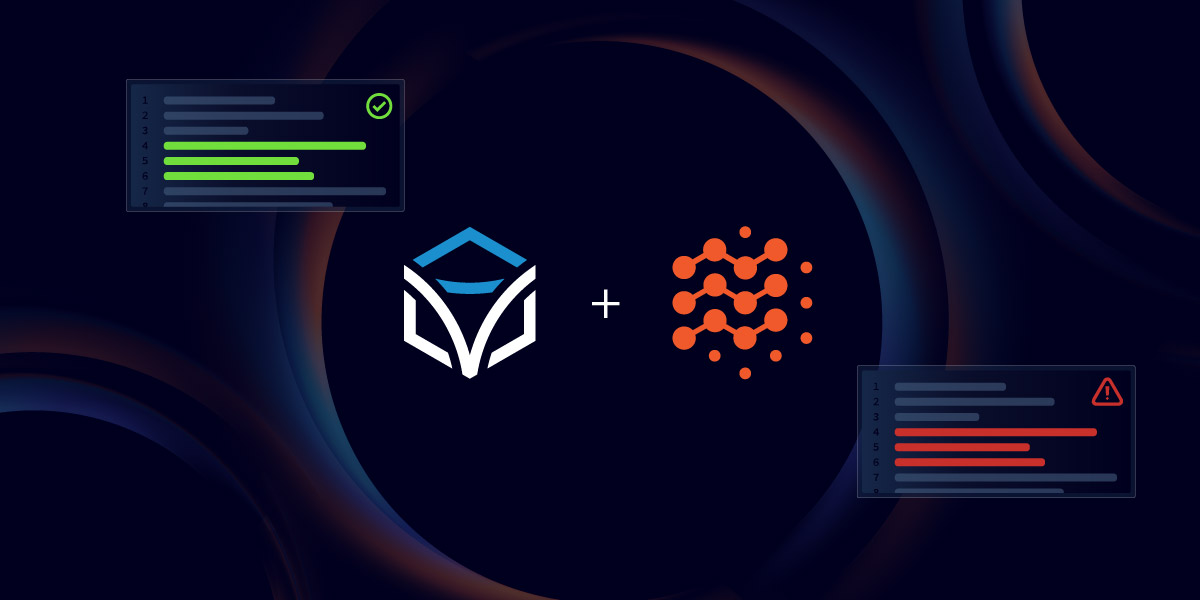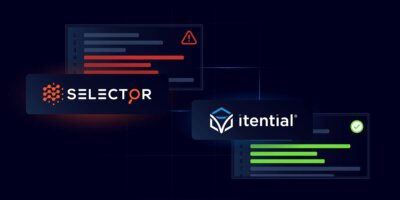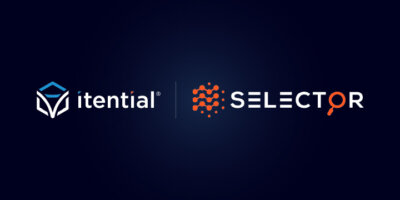Share this

Table of Contents
When we say “closed-loop automation,” we’re not talking about a buzzword — we’re talking about something I wish I had as a network engineer for years.
Earlier this month, I joined my good friend John Capobianco from Selector for a live webinar where we walked through the integration between our platforms. It wasn’t slideware. It was a real, working demo of what happens when AI-powered observability (Selector) meets policy-driven orchestration and automation (Itential).
I’ve worked in ops for most of my career. I’ve done the 3 a.m. troubleshooting. I’ve lost hours to log files, context-switching between tickets and dashboards, trying to figure out root cause while everyone waited on me to push a fix. That kind of pressure burns people out.
That’s why this demo hit different.
In the webinar, we showed an interface that went down. Selector flagged it immediately. Itential took over, ran validation, opened a ServiceNow ticket, called out to an LLM to generate a remediation plan, applied the fix, ran post-checks, and sent the results back to both platforms.
All traceable.
All auditable.
All automated.
And all under a minute.
What Made It Real for Me
What stood out most was this: we didn’t hardcode anything. We didn’t rely on a magic script. We showed how the entire process can be dynamic, policy-aware, and modular. You could drop in different LLMs, different validation tools, and even different domains. And it would still work.
And we made this real because these are the types of incidents ops teams deal with every single day — ports flapping, interfaces shut, compliance violations, config drift. These aren’t edge cases. These are the things that burn time, create risk, and hurt SLAs.
That’s the power of closed-loop automation. You detect it. You fix it. You prove it’s fixed. And you do it without someone having to chase the issue across four different systems.
From Reactive Firefighting to Autonomous Ops
During the webinar, John and I talked about how we’ve both spent decades in this space. We know what it feels like to be stuck in reactive mode. And we also know that teams can’t keep throwing more people at the problem. That doesn’t scale.
What does scale is this model:
- Let AI do what it does best — detect, correlate, and recommend.
- Let automation do what it does best — execute with speed, control, and trust.
- Let your engineers focus on building, improving, and operating at a higher level.
This was just one demo. But the potential is huge.
We’re already working on other use cases to showcase. NTP drift. Config remediation. Source of truth validation. If it’s a problem you see repeatedly, it can probably be automated in a closed loop.
If you haven’t seen the webinar yet, go watch it. And if you have questions, I’d love to talk. This is one of those moments where the tech just clicks. And I think you’ll feel it too.
⏯️ Watch the Webinar →
🔄 Learn More About Selector + Itential →



